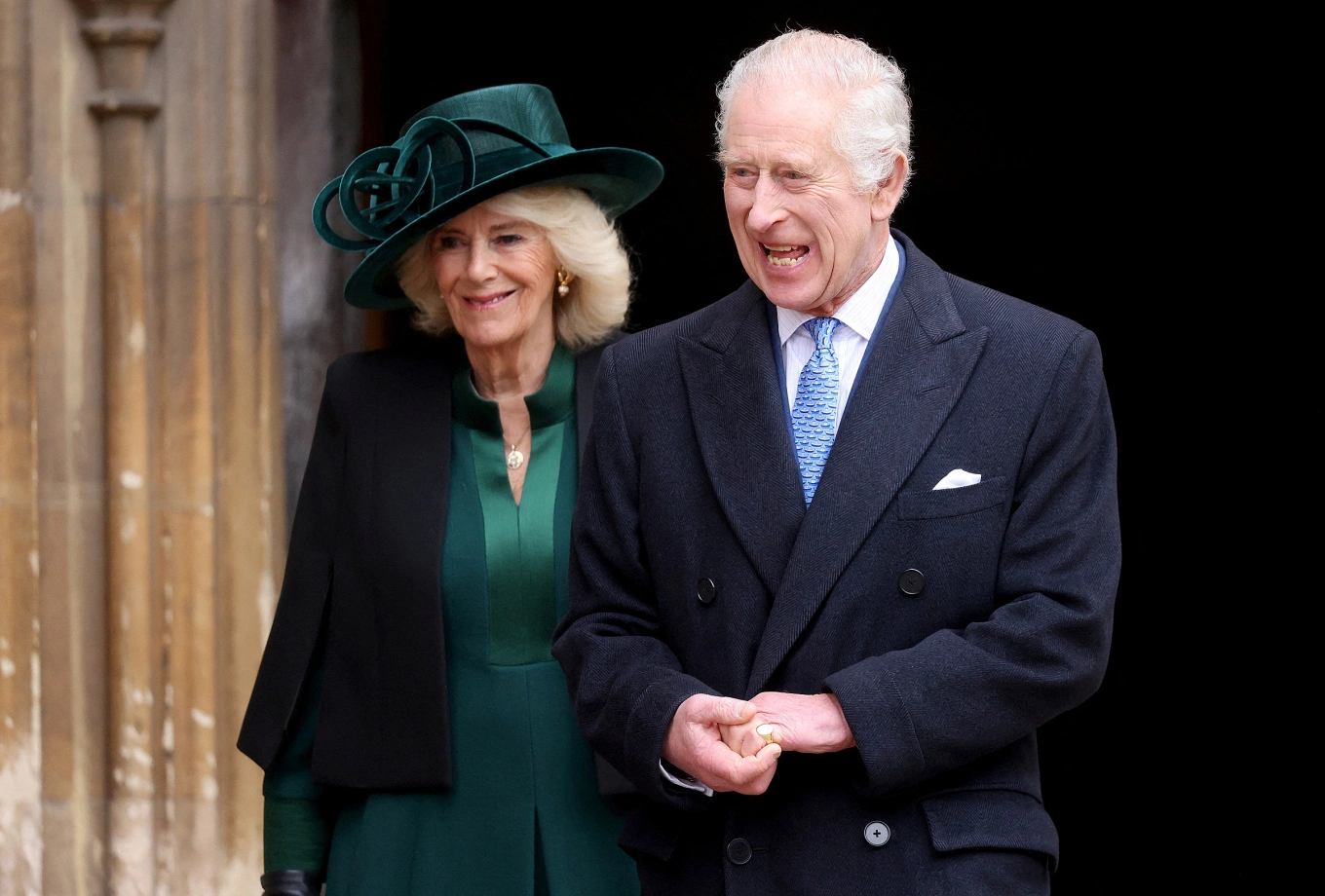The Princess of Wales, Catherine, made a heartfelt return to public life today, joining her husband, Prince William, in Southport for an in-person engagement.
This marks her first official appearance since revealing that she has completed chemotherapy, a testament to her resilience during a challenging period for the royal family.
Originally not scheduled to accompany the Prince on his visit, Catherine’s decision to join him was announced just ahead of his arrival, showcasing her determination to remain active in royal duties.
Over the past eight months, William has been balancing his responsibilities as a father and husband while supporting Catherine, yet his profile on the world stage has never been higher.

As heir to the British monarchy, William is increasingly focused on modernizing and reforming the institution, a shift that distinguishes him from his father, King Charles III. His recent public engagements reflect a renewed commitment to connecting with younger generations, emphasizing the monarchy’s need for relevance in today’s society.
As Edward and Sophie continue to captivate royal watchers with their engagements in Malta, their evolving roles have shown that they understand the nuances of royal life and duty. Their commitment to the monarchy appears to be a stabilizing force amid current challenges.
In light of recent health diagnoses within the royal family, including Catherine’s cancer journey, both King Charles and Queen Camilla have reaffirmed their support for the entire family. However, the royal family is also navigating speculation surrounding Prince Harry and Meghan Markle. Once seen as the “people’s prince,” Harry’s relationship with the monarchy has been strained since relocating to California. Sources suggest he attempted to leverage family secrets for a potential reconciliation, but the royal family’s shift toward an “ice them out” strategy has left little room for rapprochement.

Over the past year, King Charles and Queen Camilla have made it clear that the Sussexes no longer play a significant role in the royal narrative. This deliberate distancing has been perceived by some as a harsh approach, but it has also reinforced the monarchy’s image as a stable and dignified institution, resilient against public drama.
As the monarchy evolves, opinions remain divided. Some advocate for the necessary changes to ensure the royal family remains relevant in the 21st century, arguing that adaptation is key to its survival. As one royal observer put it, “The monarchy must evolve with the times, and this reorganization is a step in the right direction.”
With Princess Catherine’s return to public life and Prince William’s commitment to modernizing the monarchy, the royal family appears poised to navigate these tumultuous waters while maintaining its traditions and values.